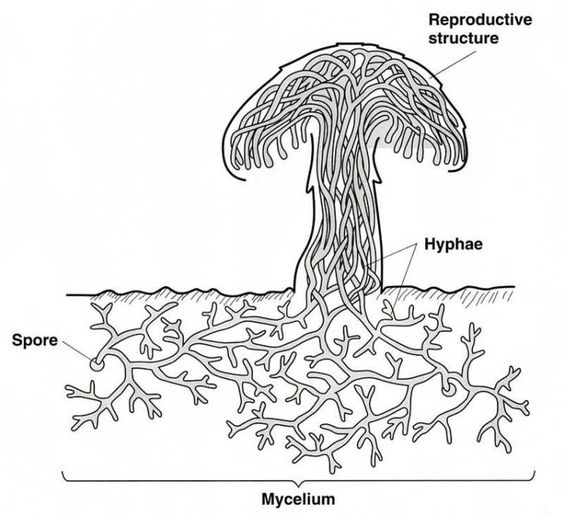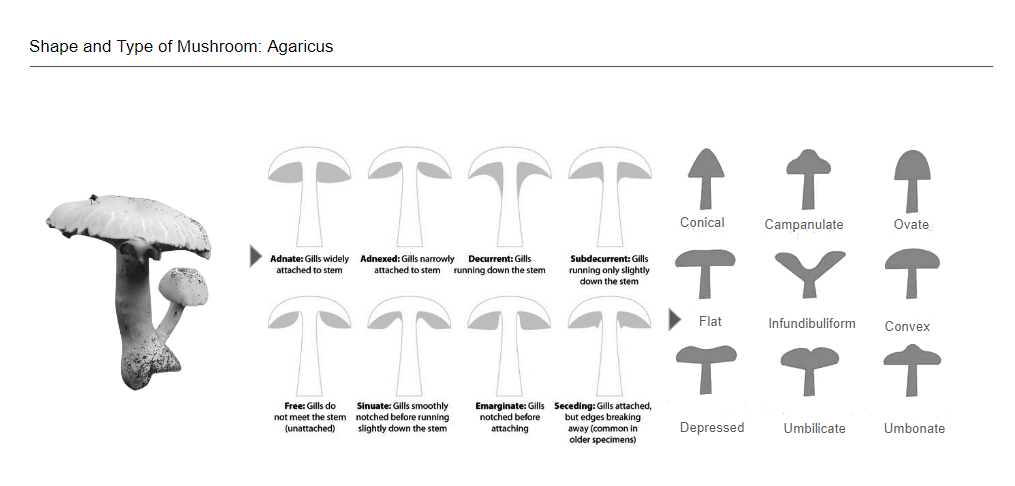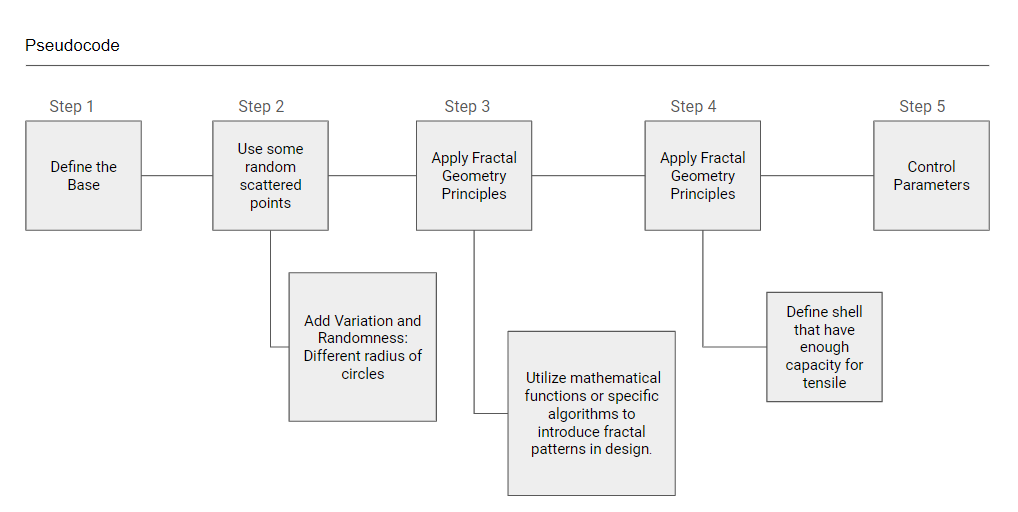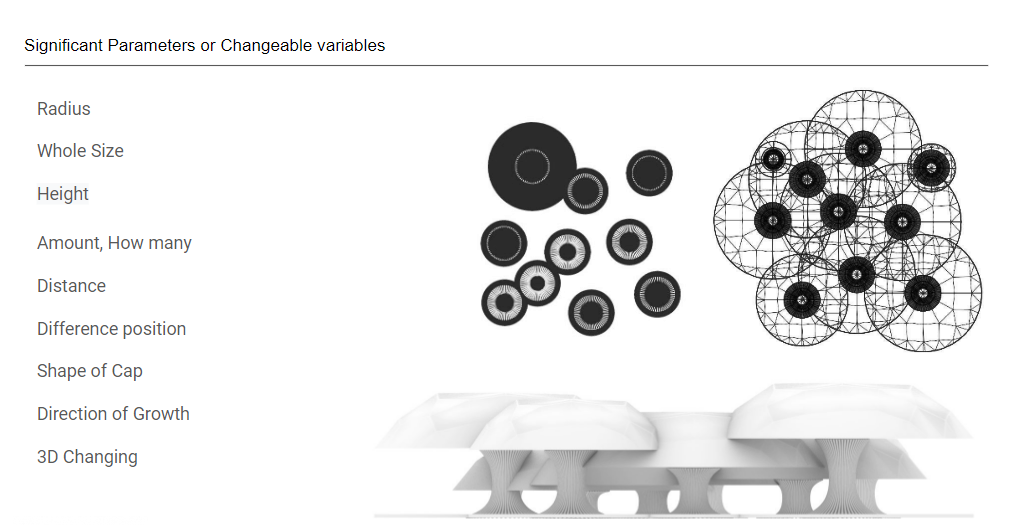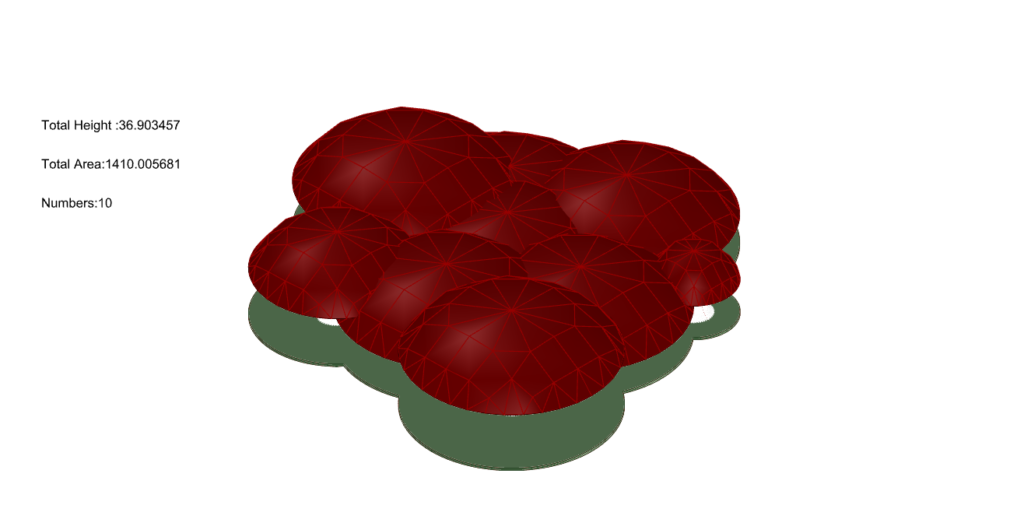computational design
Natural phenomenon
How mushrooms can growth?
Spore Germination: It starts with a mushroom spore, which is like a tiny seed. When conditions are right (usually with moisture, warmth, and a suitable substrate), the spore germinates.
Mycelium Formation: From the germinated spore, tiny threads called hyphae emerge. These hyphae grow and branch out, forming a network called mycelium. Mycelium is essentially the vegetative part of the fungus, responsible for absorbing nutrients.
Nutrient Absorption: The mycelium secretes enzymes that break down organic matter around it. This allows the mycelium to absorb nutrients, which it uses to grow and expand further.
Formation of Fruiting Bodies: Under specific conditions, usually triggered by changes in temperature, humidity, or light, the mycelium develops specialized structures called primordia. These primordia eventually mature into the familiar mushroom structures we recognize.
Spore Release: Once the mushroom reaches maturity, it releases spores from its gills or pores. These spores are then dispersed by wind, animals, or other means, starting the cycle anew.
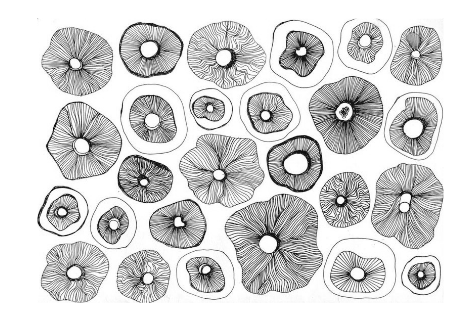
Natural Behavior
Mushrooms grow through a natural process called “stacking” or “fruiting body layering.” This is part of the fungi’s reproductive strategy. It begins with mycelium growth, fine threads called hyphae that break down organic matter. When conditions are favorable, mycelium produces fruiting bodies (mushrooms) containing spore-producing cells. Spores are released into the environment for reproduction, and when they land on a suitable substrate, they germinate into new mycelium.
.Mycelium Growth
.Fruiting Body Formation
.Spore Release
.Subsequent Growth
.Layering Effect
